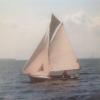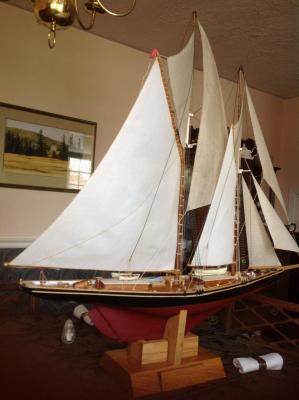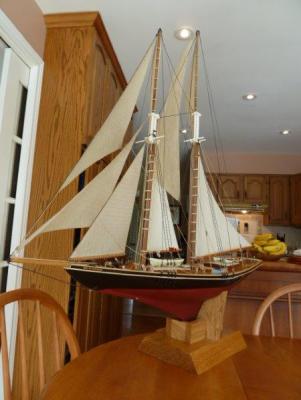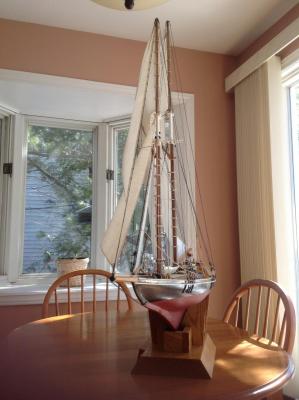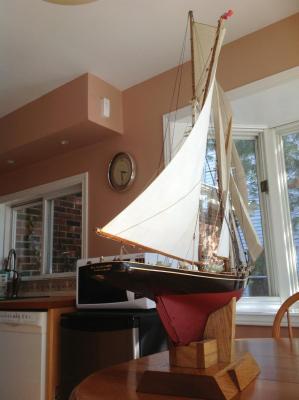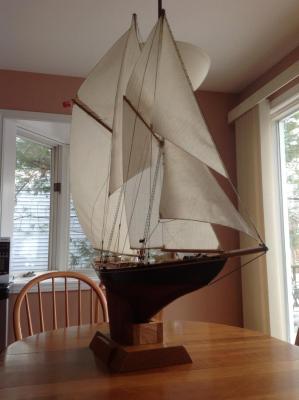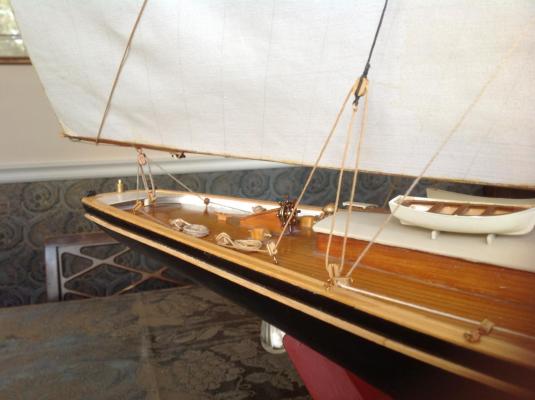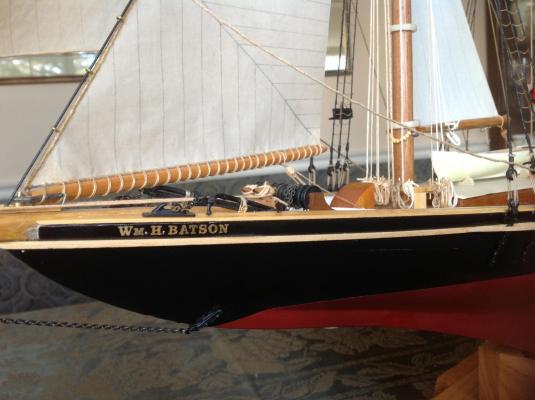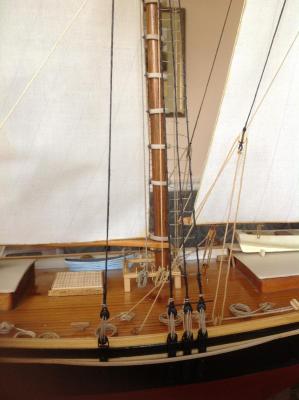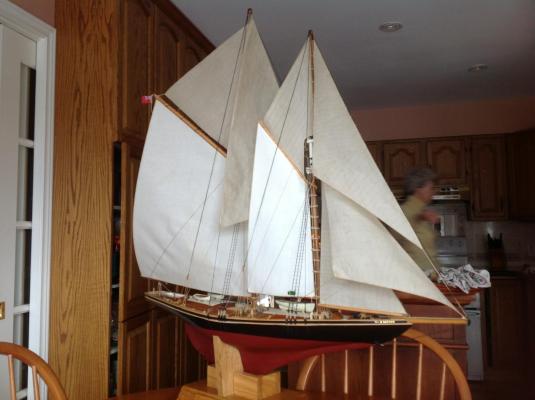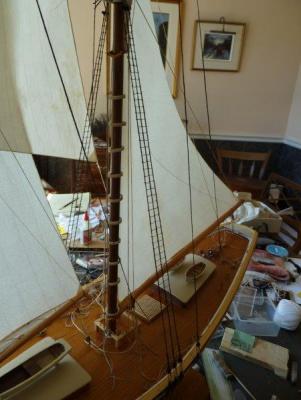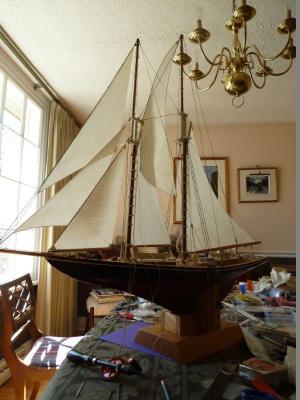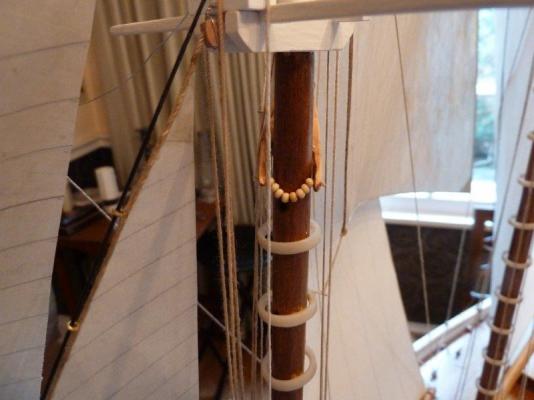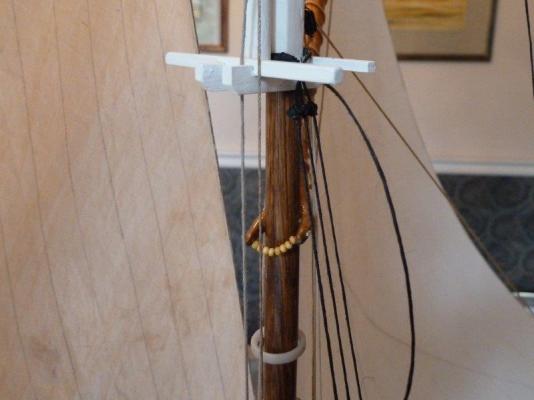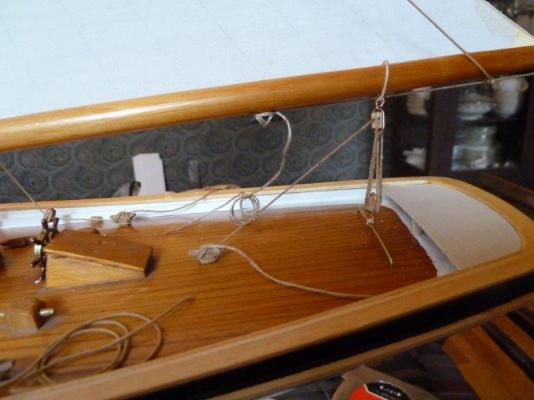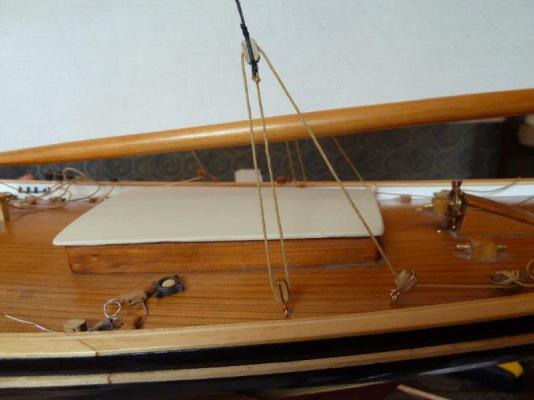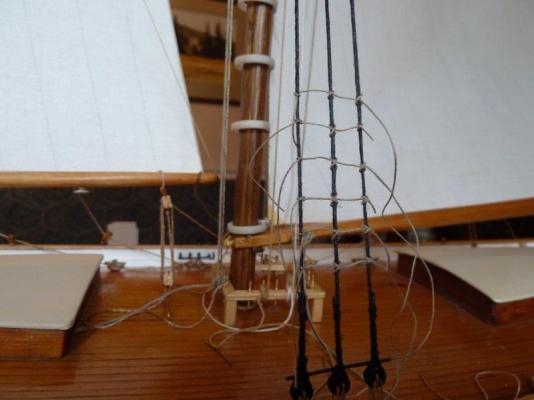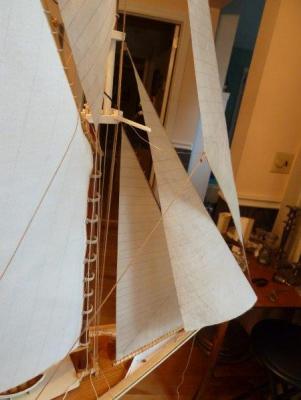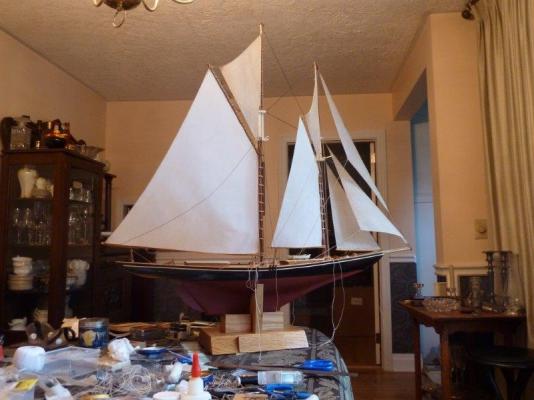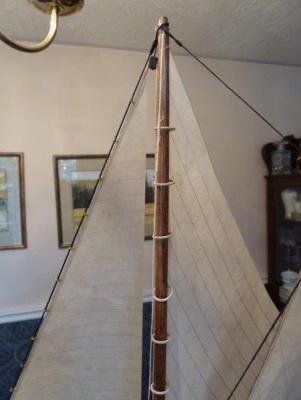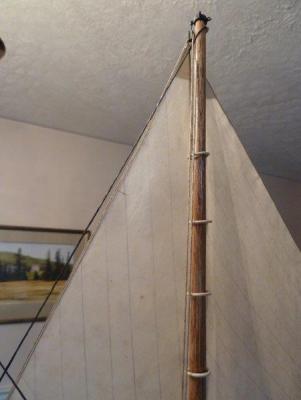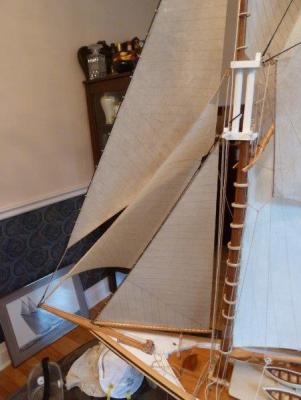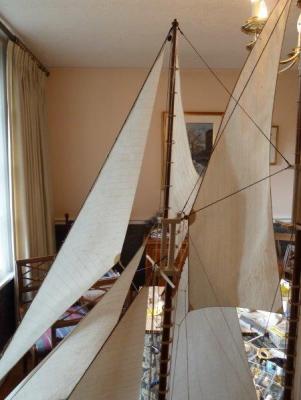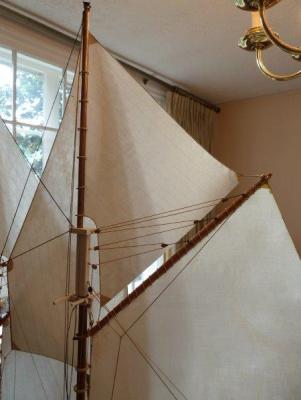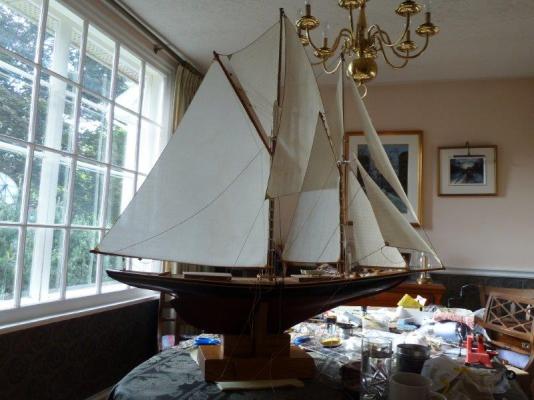-
Posts
28 -
Joined
-
Last visited
About Rick020763
- Birthday 06/07/1943
Profile Information
-
Gender
Male
-
Location
Kingston, Ontario, Canada
-
Interests
Model boat building, sailing, summer cottage, travelling, chess, reading, drinking wine.
Recent Profile Visitors
-
 GrandpaPhil reacted to a post in a topic:
Grand Banks Fishing Schooner by Rick020763 - Restoration - Finished
GrandpaPhil reacted to a post in a topic:
Grand Banks Fishing Schooner by Rick020763 - Restoration - Finished
-
 GrandpaPhil reacted to a post in a topic:
Grand Banks Fishing Schooner by Rick020763 - Restoration - Finished
GrandpaPhil reacted to a post in a topic:
Grand Banks Fishing Schooner by Rick020763 - Restoration - Finished
-
 GrandpaPhil reacted to a post in a topic:
Grand Banks Fishing Schooner by Rick020763 - Restoration - Finished
GrandpaPhil reacted to a post in a topic:
Grand Banks Fishing Schooner by Rick020763 - Restoration - Finished
-
 GrandpaPhil reacted to a post in a topic:
Grand Banks Fishing Schooner by Rick020763 - Restoration - Finished
GrandpaPhil reacted to a post in a topic:
Grand Banks Fishing Schooner by Rick020763 - Restoration - Finished
-
 GrandpaPhil reacted to a post in a topic:
Grand Banks Fishing Schooner by Rick020763 - Restoration - Finished
GrandpaPhil reacted to a post in a topic:
Grand Banks Fishing Schooner by Rick020763 - Restoration - Finished
-
 GrandpaPhil reacted to a post in a topic:
Grand Banks Fishing Schooner by Rick020763 - Restoration - Finished
GrandpaPhil reacted to a post in a topic:
Grand Banks Fishing Schooner by Rick020763 - Restoration - Finished
-
 GrandpaPhil reacted to a post in a topic:
Grand Banks Fishing Schooner by Rick020763 - Restoration - Finished
GrandpaPhil reacted to a post in a topic:
Grand Banks Fishing Schooner by Rick020763 - Restoration - Finished
-
 GrandpaPhil reacted to a post in a topic:
Grand Banks Fishing Schooner by Rick020763 - Restoration - Finished
GrandpaPhil reacted to a post in a topic:
Grand Banks Fishing Schooner by Rick020763 - Restoration - Finished
-
 captainbob reacted to a post in a topic:
Grand Banks Fishing Schooner by Rick020763 - Restoration - Finished
captainbob reacted to a post in a topic:
Grand Banks Fishing Schooner by Rick020763 - Restoration - Finished
-
 Elia reacted to a post in a topic:
Grand Banks Fishing Schooner by Rick020763 - Restoration - Finished
Elia reacted to a post in a topic:
Grand Banks Fishing Schooner by Rick020763 - Restoration - Finished
-
Hello again: The restoration of the Wm. H. Batson is now complete; progress impeded by a health problem. The name is that of the gentleman who built the hull, almost 50 years ago. Because of my limited building space (and metal fabricating skills), I used Model Shipways parts for the metal deck fittings and also for the blocks. The sails, masts, running and standing rigging, and cabin hatches, are all scratch built. I still have to make fishing dories, which will replace the two plastic dinghies on the after cabin top. The longer boat on the forward cabin top came with the hull and will stay there, since I like the effect. It's been great fun, even more so because of what I've learned from MSW. Rick
- 17 replies
-
- schooner
- restoration
-
(and 1 more)
Tagged with:
-
Beautiful vessel, Bob. Congratulations and well done. Rick
- 420 replies
-
- lettie g. howard
- schooner
-
(and 1 more)
Tagged with:
-
 Rick020763 reacted to a post in a topic:
Herreshoff 12 1/2 ( proto-type) By Pete48 - SMALL 3/4" = 1' - 0 " - Finished
Rick020763 reacted to a post in a topic:
Herreshoff 12 1/2 ( proto-type) By Pete48 - SMALL 3/4" = 1' - 0 " - Finished
-
Hello again, Here is an update on my painful ratline education. After numerous attempts, I just couldn't achieve anything remotely acceptable in terms of neatness or scale by tying knots, so I reverted to another method I had read about on MSW: sewing the thread directly through the shrouds. I've been using a course waxed black thread for the standing rigging, so it was relatively easy to pierce the shrouds with a small needle and fine beige thread that I'd run through beeswax. I then put a tab of clear flat lacquer on each of the joints and, after it dried, clipped off the excess thread. Finally, I dabbed some flat black paint on the ends of the beige thread. This worked reasonably well, if not quite up to the normal standard of this section of MSW, and the mainmast ratlines are now done. Please see the attached pictures. Now it's on to various deck fittings, foremast ratlines, final adjustments of the sails and rigging and, finally, the name. Rick
- 17 replies
-
- schooner
- restoration
-
(and 1 more)
Tagged with:
-
Pete: Your workmanship, combined with the great Herreshoff design, has brought about an absolutely beautiful little vessel. Well done indeed. Rick
- 296 replies
-
- yacht
- herreshoff
-
(and 2 more)
Tagged with:
-
Michael: I also vote for the dark hull, mostly on the basis of the traditional look for that working boat. Whatever colour you ultimately choose, she'll be gorgeous. Rick
- 2,196 replies
-
Splendid work, Michael. The pilot cutter is a beautiful vessel anyway and the scale of this one makes it all the more impressive. And that's a wonderful picture of you and the lad working on the dory. Rick
- 2,196 replies
-
 Rick020763 reacted to a post in a topic:
Herreshoff Buzzards Bay 14ftr By Pete48 - SMALL 3/4" = 1'- 0" - Finished
Rick020763 reacted to a post in a topic:
Herreshoff Buzzards Bay 14ftr By Pete48 - SMALL 3/4" = 1'- 0" - Finished
-
Hello again: I'm in the process of working on the standing rigging and doing a lot of little things that needed fixing or completion. Parrel balls were added to the gaffs and booms, which I think look all right. I've also completed running backstays on the mainmast. In trying to create a boat underway with the sails drawing wind, it's important to have the mainsheets stiffened, which I do with cc (although I'm extremely allergic to it and can only use it very rarely and with strict safety precautions). While the cc works well to stiffen the sheets, it leaves them shiny. I tried eliminating the shine with flat clear acrylic but as can be seen in the picture, it didn't work very well. If anyone knows a better way of doing this, I'd love to hear it. I've started doing ratlines for the first time, a tedious and humbling experience. This first set is really both an experiment and learning experience. I hate the way they look at this point but till reserve judgment until this set is finished; I'll probably end up doing it over again, avoiding the first-time mistakes. I've attached some pictures of the above. Comments and suggestion as always welcome. Rick
- 17 replies
-
- schooner
- restoration
-
(and 1 more)
Tagged with:
-
Thank you, Michael, Bob, Elia, and Pete. Mark, I too have noticed that the further back I stand, the better it looks (reminds me of a great line from "Tootsie"). Elia: Let me add a couple of things to what I said about sails on in the new-members' page. But first, what is the schooner pictured on your profile? She's a real beauty. In order to counter the effects of gravity, in addition to reinforcing the edges of the sails with wire (see, for example, the fisherman's staysail, where all but the luff are stiffened), I also use very fine stainless steel wire to help the sails "stand up" the way they would when drawing wind. So on this model, both the jib and the jib topsail have such wires. They're obvious close up but beyond six or eight feet they almost invisible and, at a couple of thousand miles, completely invisible! See the attached picture. To get the gaff topsails to stand out from the gaff, the sheets are supported by heavier wire painted the same colour as the sheet. The attached picture of the main gaff topsail shows this -- it also shows that the sheet got beaten up in the process and is now on my rapidly growing list of things to correct or do again. As I work on and shift the boat around, the shape of various sails often needs adjusting. If they can be taken off, the ironing method of course works well; if they can't be removed, then a portable hair dryer on low speed can be effective. I'm currently working on shrouds and ratlines -- a humbling if educational experience -- and so have the fisherman's staysail off. I've attached a picture to show it like this. Many thanks again. Rick
- 17 replies
-
- schooner
- restoration
-
(and 1 more)
Tagged with:
-
It's really beautiful, Pete, and those stern and quarter shots are breathtaking. How are you going to finish the rear deck? Rick
- 296 replies
-
- yacht
- herreshoff
-
(and 2 more)
Tagged with:
-
Here are some close-up shots of the various sails as well as the current state of the whole rig taken in indirect early-morning light. Given the fine work so evident on MSW, I put these up with some trepidation and with the reminder that I'm aiming for the overall effect of the rig, viewed from a distance of eight feet or more. Comments, observations and suggestions all welcome. Rick
- 17 replies
-
- schooner
- restoration
-
(and 1 more)
Tagged with:
-
The white deck and cherry coamings are perfect. Excellent call, too, on the flat white: that's a working area so a non-skid finish makes practical sense, in addition to looking good. Rick
- 296 replies
-
- yacht
- herreshoff
-
(and 2 more)
Tagged with:
-
Gorgeous planking, bringing out the beautiful lines. Rick
- 142 replies
-
- herreshoff
- buzzards bay
-
(and 2 more)
Tagged with:
About us
Modelshipworld - Advancing Ship Modeling through Research
SSL Secured
Your security is important for us so this Website is SSL-Secured
NRG Mailing Address
Nautical Research Guild
237 South Lincoln Street
Westmont IL, 60559-1917
Model Ship World ® and the MSW logo are Registered Trademarks, and belong to the Nautical Research Guild (United States Patent and Trademark Office: No. 6,929,264 & No. 6,929,274, registered Dec. 20, 2022)
Helpful Links
About the NRG
If you enjoy building ship models that are historically accurate as well as beautiful, then The Nautical Research Guild (NRG) is just right for you.
The Guild is a non-profit educational organization whose mission is to “Advance Ship Modeling Through Research”. We provide support to our members in their efforts to raise the quality of their model ships.
The Nautical Research Guild has published our world-renowned quarterly magazine, The Nautical Research Journal, since 1955. The pages of the Journal are full of articles by accomplished ship modelers who show you how they create those exquisite details on their models, and by maritime historians who show you the correct details to build. The Journal is available in both print and digital editions. Go to the NRG web site (www.thenrg.org) to download a complimentary digital copy of the Journal. The NRG also publishes plan sets, books and compilations of back issues of the Journal and the former Ships in Scale and Model Ship Builder magazines.


